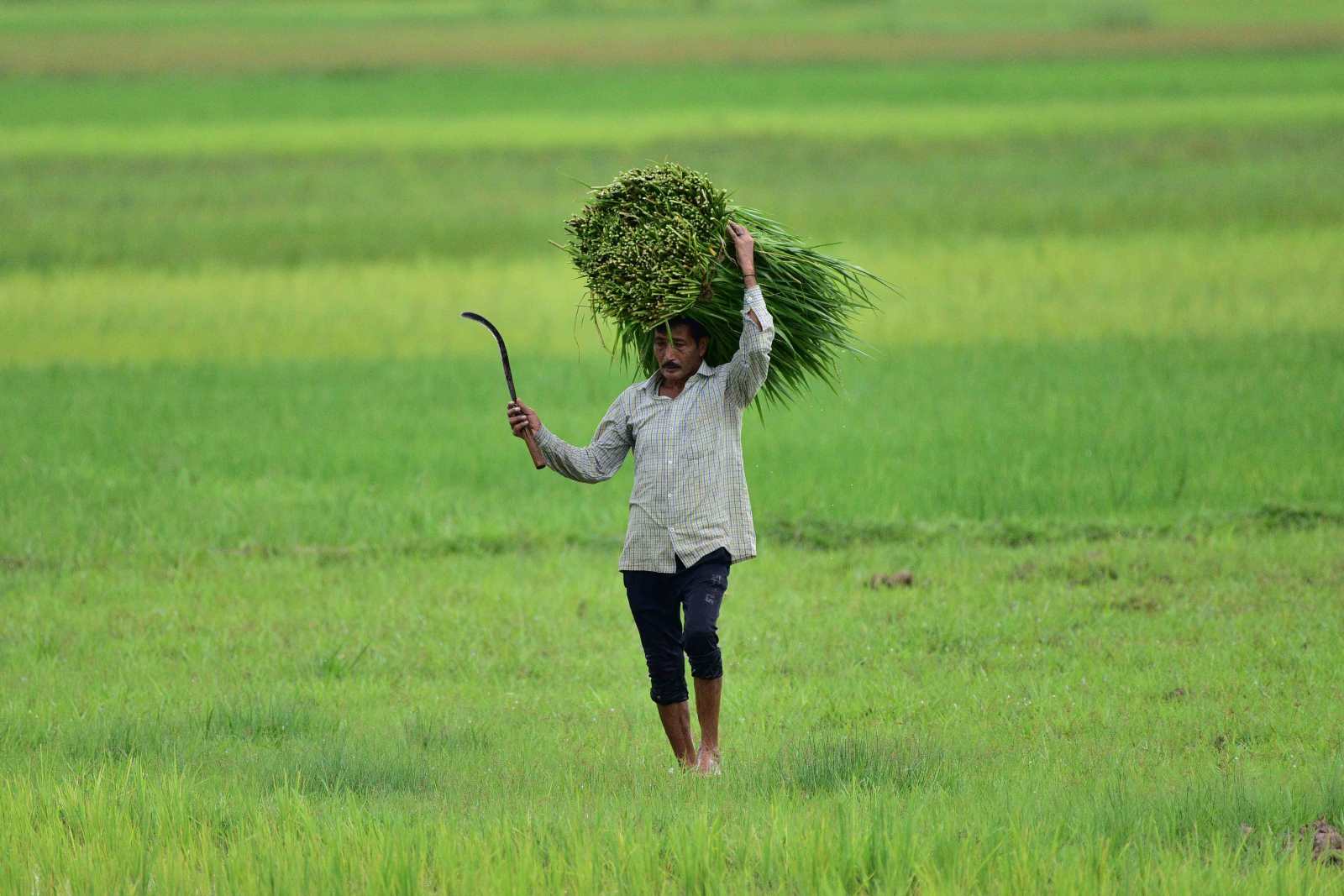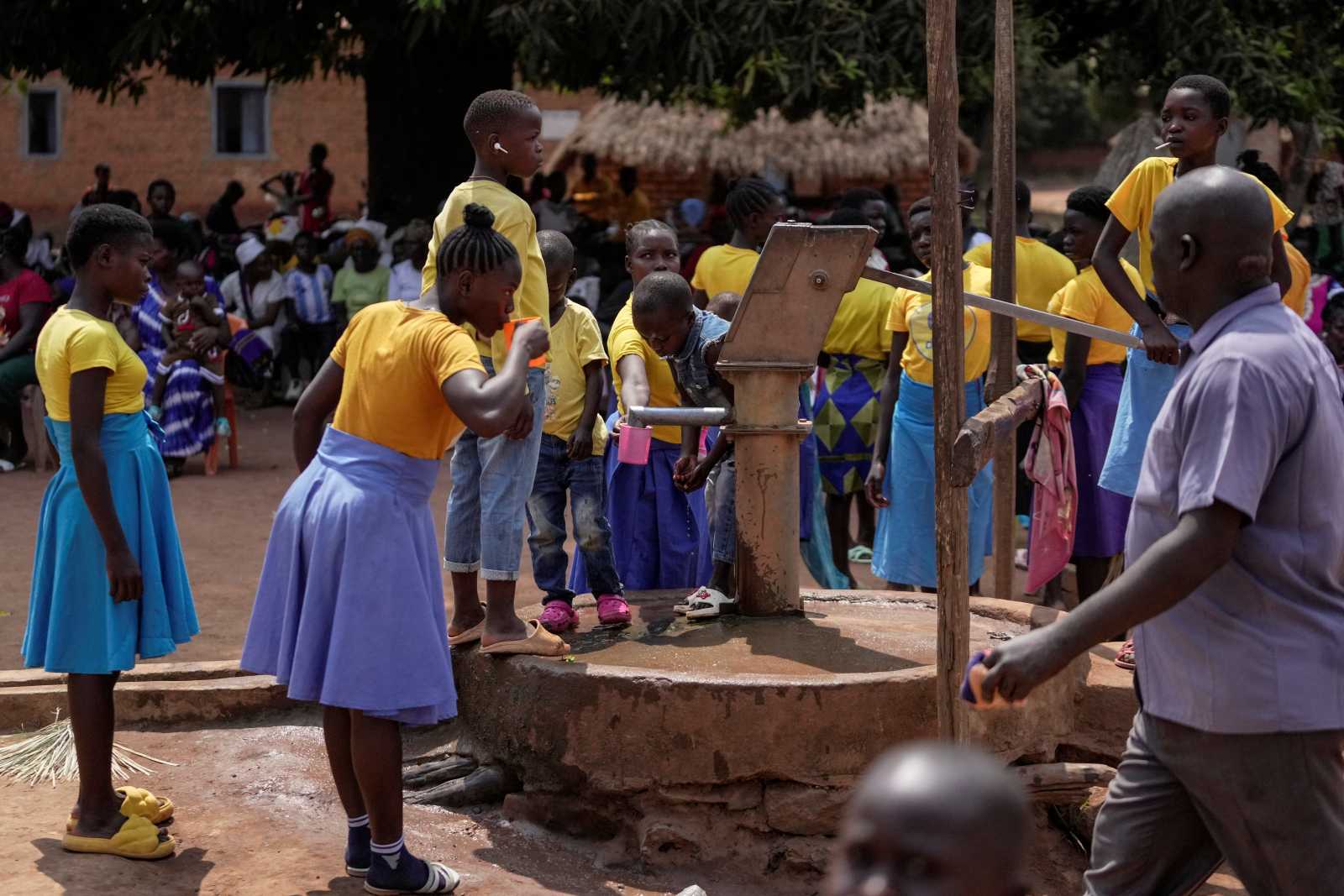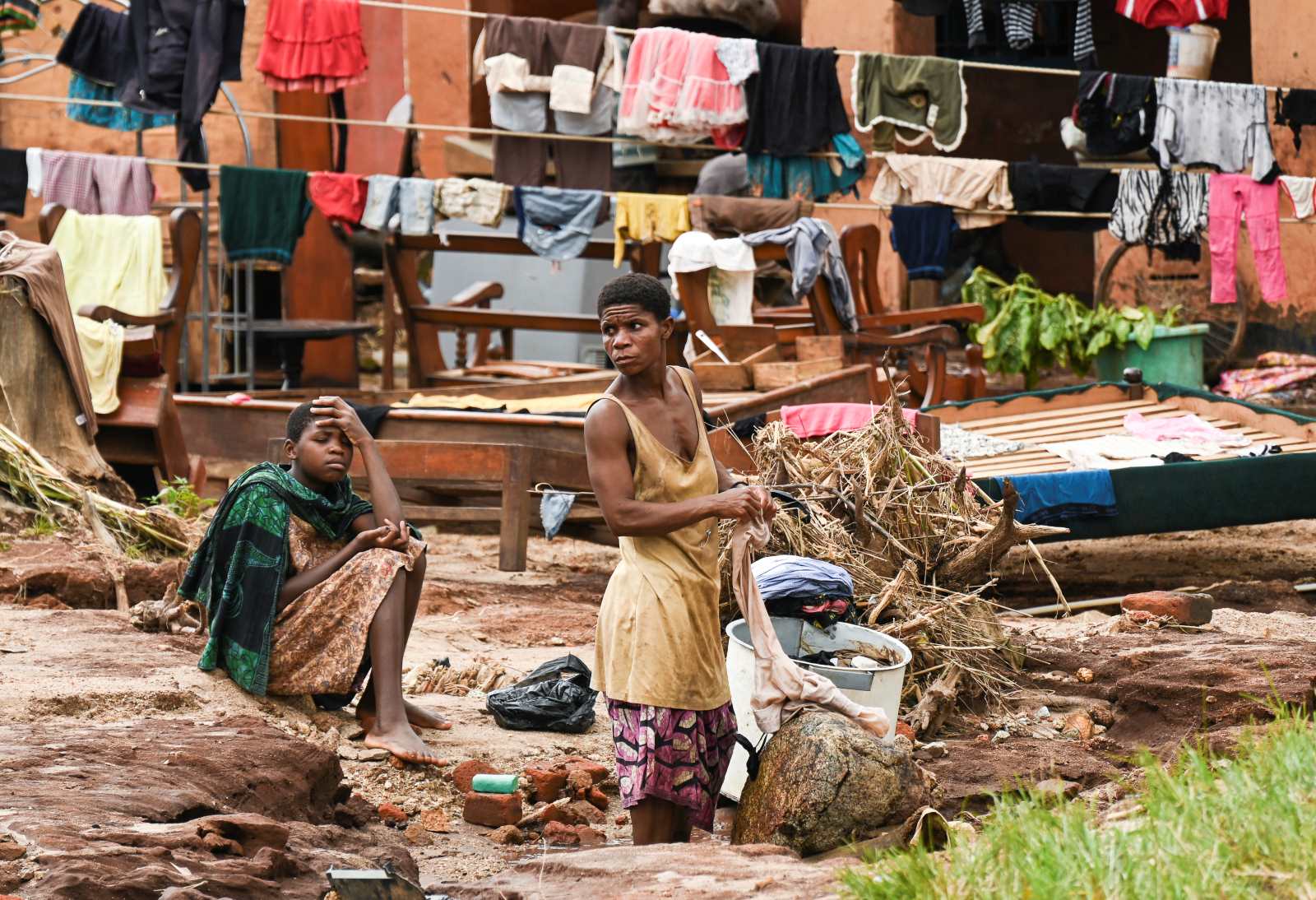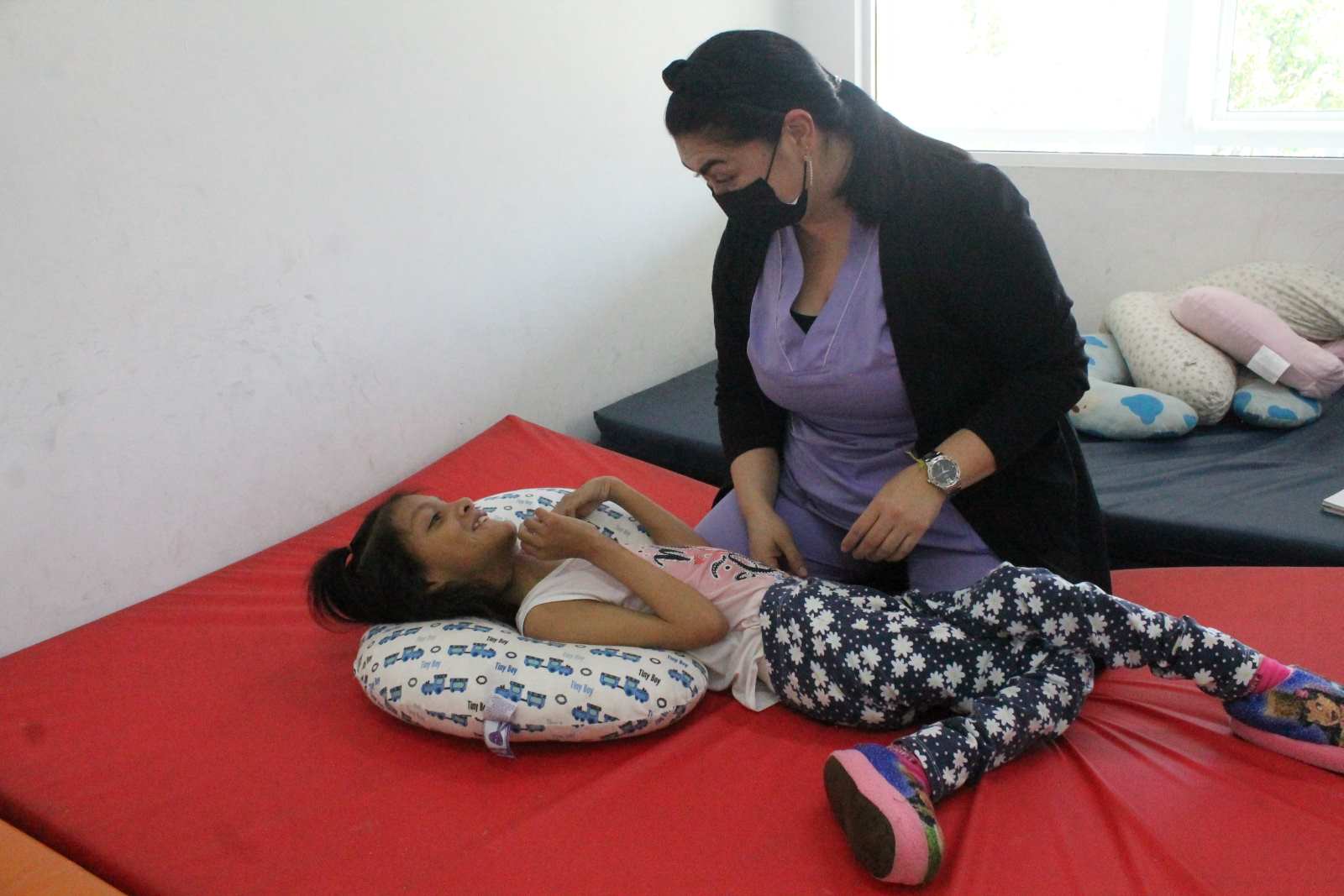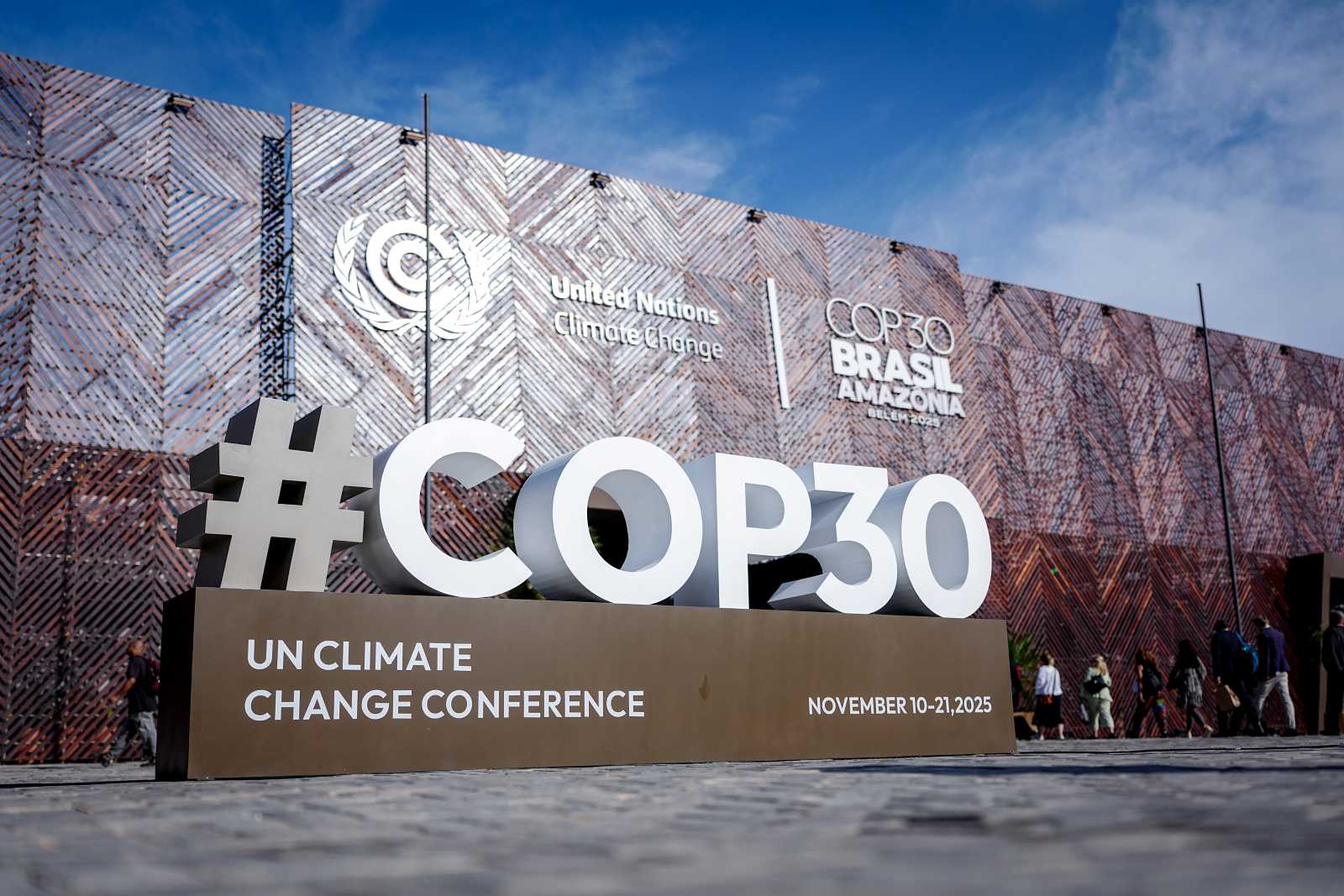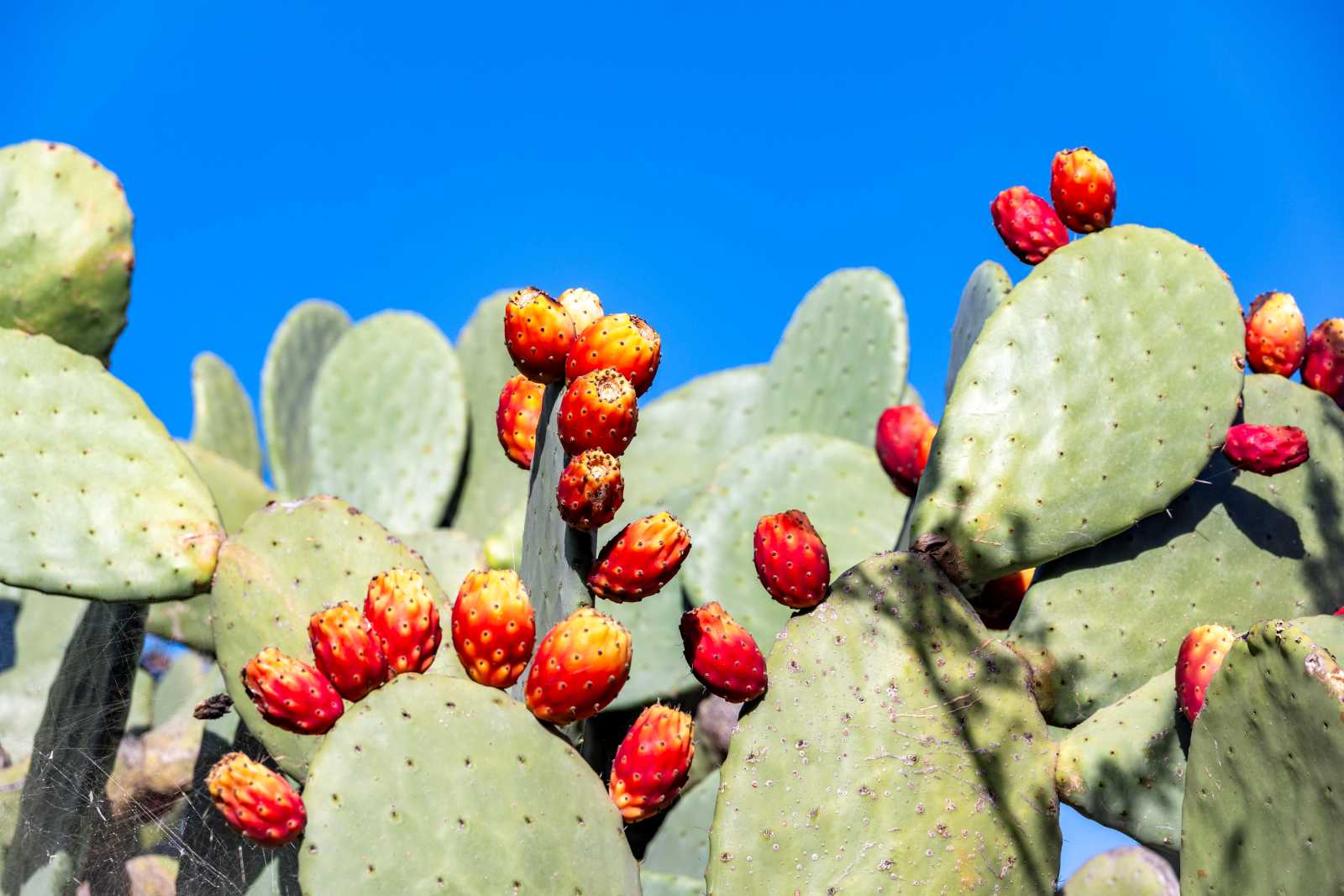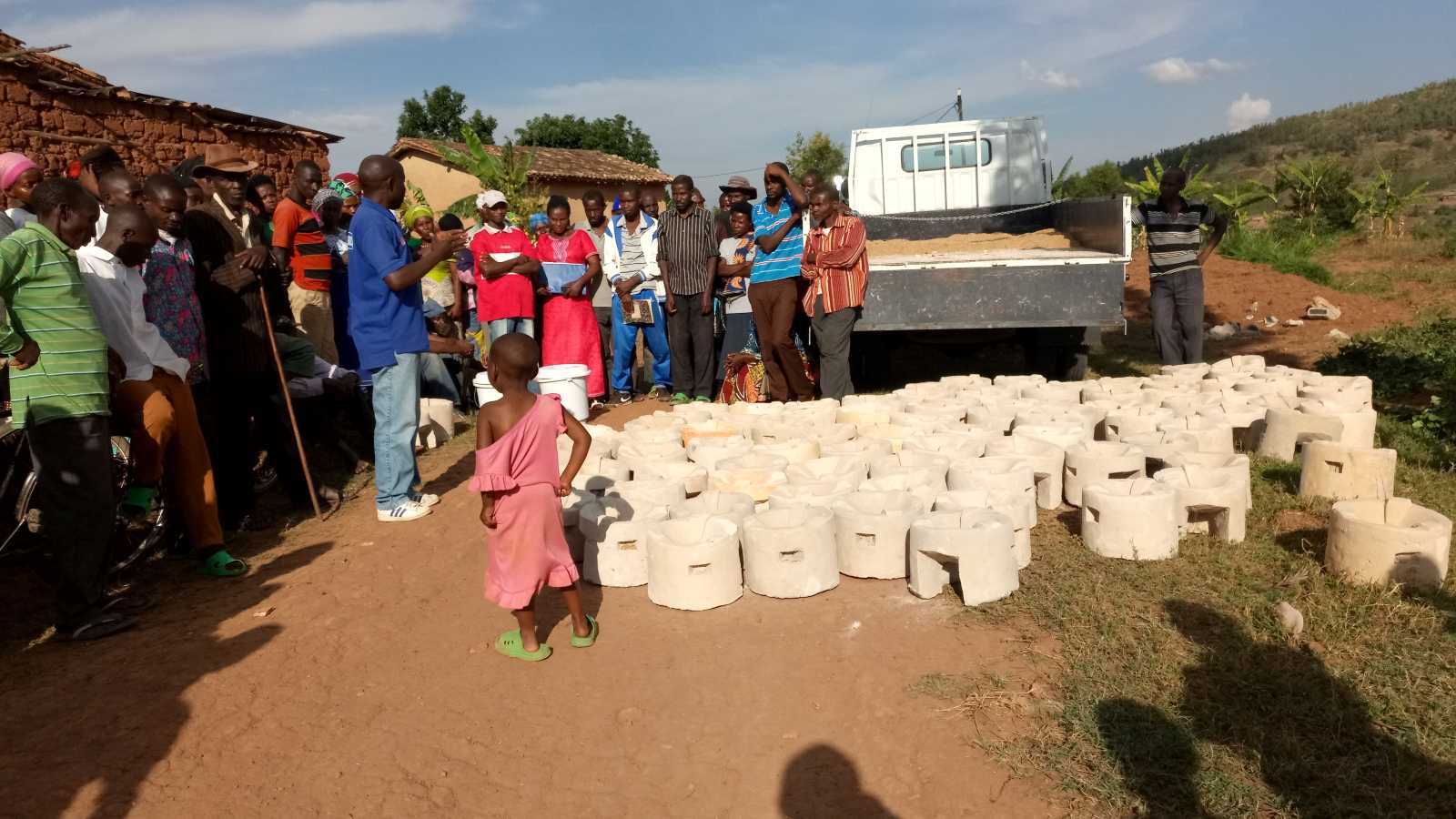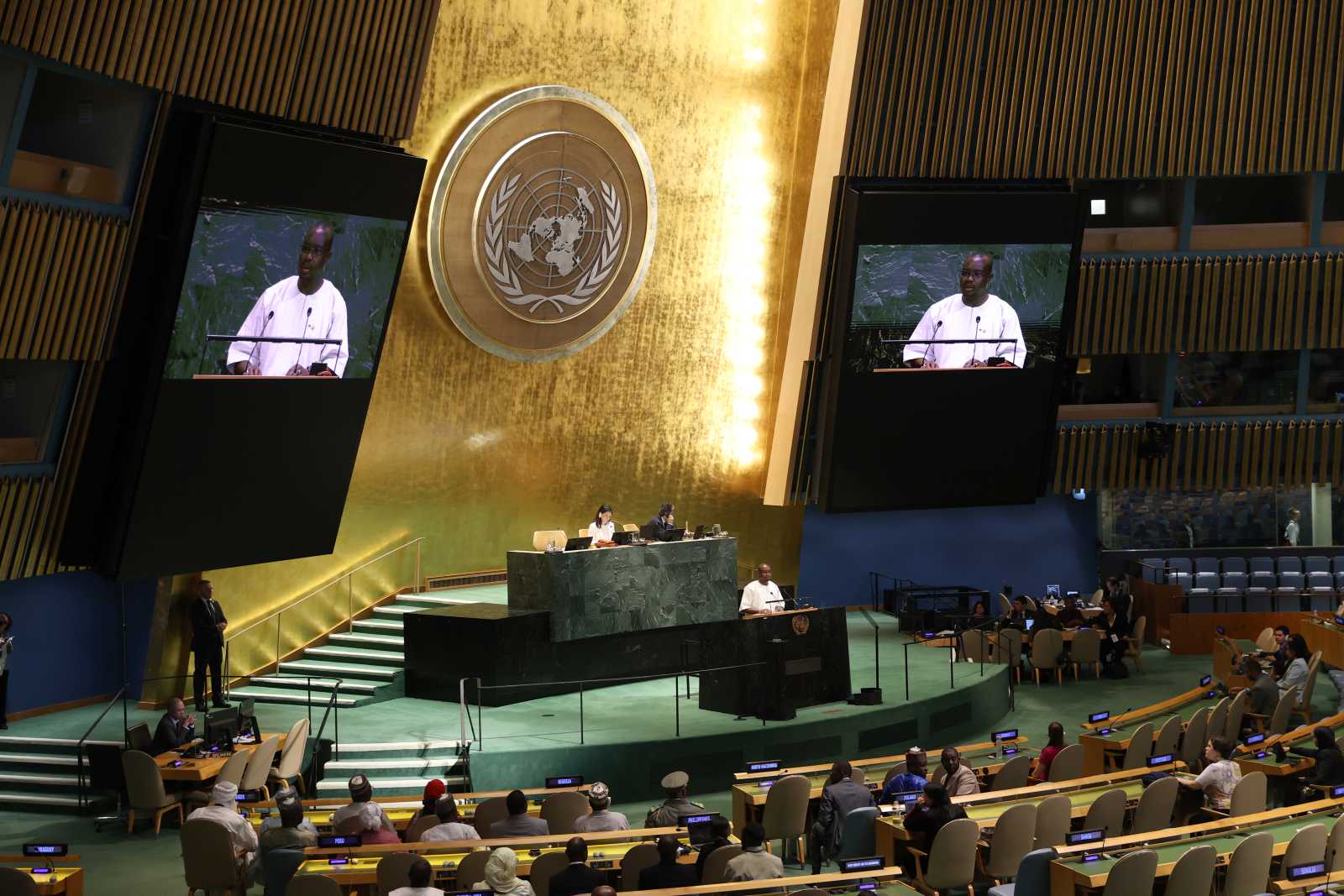Climate crisis
How climate change is impacting adolescent mental health in Madagascar
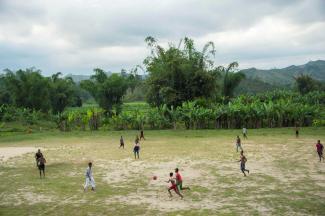
The authors found that climate change is having a profound impact on mental health among adolescents in southern Madagascar, one of the most severely climate change-affected regions in the world. People there have suffered from cyclones, extreme heat and prolonged periods of drought. This is turning fertile land into desert and depleting water sources, leading to food and water insecurity. Since most people in this region are subsistence farmers or pastoralists, they are significantly affected by changes in weather and climate.
In order to investigate the impacts of climate change on adolescent mental health, the researchers conducted surveys and initiated group discussions. They talked to 83 adolescents aged 10 to 24 in six rural villages outside the city of Ambovombe in the Androy region. All of the participants were experiencing multidimensional poverty. Less than 14 % had electricity at home, and none of them lived in a household that owned a motorbike, car, truck or computer.
The results indicate that mental health problems are widespread among young people. A staggering 82 % of the adolescents showed probable depression. Between 76 % and 87 % exhibited probable generalised anxiety disorder. The adolescents also had high levels of climate change concern.
At the heart of this mental health crisis lies severe food insecurity. Within the previous 12 months, 90 % of the adolescents had experienced their household running out of food. 95 % reported having been hungry but not eating, and 69 % had endured an entire day without food.
How climate change leads to psychological distress
The focus group discussions with 48 adolescents revealed three main ways in which climate change translates into psychological distress for them. First, the loss of household resources leads to fear and despair. Increased heat, relentless droughts, intensified winds and suffocating sandstorms have decimated food and water supplies. The adolescents frequently used the Malagasy word “kere”, which means famine or starving to death. They reported that they had witnessed people starving. Families were forced to sell their meagre possessions to buy food and water, trapping them in a cycle of impoverishment and distress.
Second, the adolescents feel very uncertain about their future because of climate change. The fact that weather, farming and food availability have become less predictable has had a devastating impact on their psychological wellbeing. They expressed an overwhelming sense of powerlessness and helplessness. “There’s nothing that we can predict,” one adolescent lamented.
Third, the study reveals a widespread disruption of fundamental sources of resilience, such as close friends, family, religious faith, community support, school and simple opportunities for fun. Adolescents use these coping mechanisms to mitigate the effects of climate change on their lives. However, some of these sources of resilience were themselves undermined by climate change. Extreme weather prevents children from going to school, for example, while climate-induced poverty makes it impossible for adolescents to afford school fees, forcing them out of education. This economic hardship has also stripped them of possible sources of joy: Though listening to the radio or dancing to music could help them cope with their situation, the majority of adolescents do not have a radio in their household, for example. “We don’t have a radio, but we play with other kids ... we play, or we think about starvation,” one girl said.
Urgent call to action
The findings from southern Madagascar underscore a crucial distinction: unlike in many high-income countries where climate change impacts might feel more abstract, the effects on mental health are inextricably linked to the immediate reality of food and water insecurity.
In order to preserve the mental health of children and adolescents, the authors suggest several potential pathways:
- Improve food and water security, as this fundamental need underpins all aspects of wellbeing.
- Empower adolescents with the knowledge and skills necessary to adapt agricultural methods to a changing climate, thereby reducing their sense of powerlessness and uncertainty.
- Ensure continuous, safe access to education.
- Reintroduce opportunities for activities that foster psychological wellbeing, such as music, dancing
and art.
The study is relatively small, and its significance is limited. However, it highlights the extent to which children and young people are already suffering from the climate crisis. Further studies are needed to better help them and others. Consistent climate protection and effective climate adaptation are particularly important. We must slow down global warming – otherwise more and more young people will be confronted with situations like those experienced by the adolescents in Madagascar.
Link
Hadfield, K,. et al., 2025: “There is no hope; only strong wind”: How climate change impacts adolescent mental health in southern Madagascar. The Journal of Climate Change and Health, Volume 23.
https://www.sciencedirect.com/science/article/pii/S2667278225000215
Roli Mahajan is a journalist based in Lucknow, India.
roli.mahajan@gmail.com
This story is part of The 89 Percent Project, an initiative of the global journalism collaboration Covering Climate Now.

